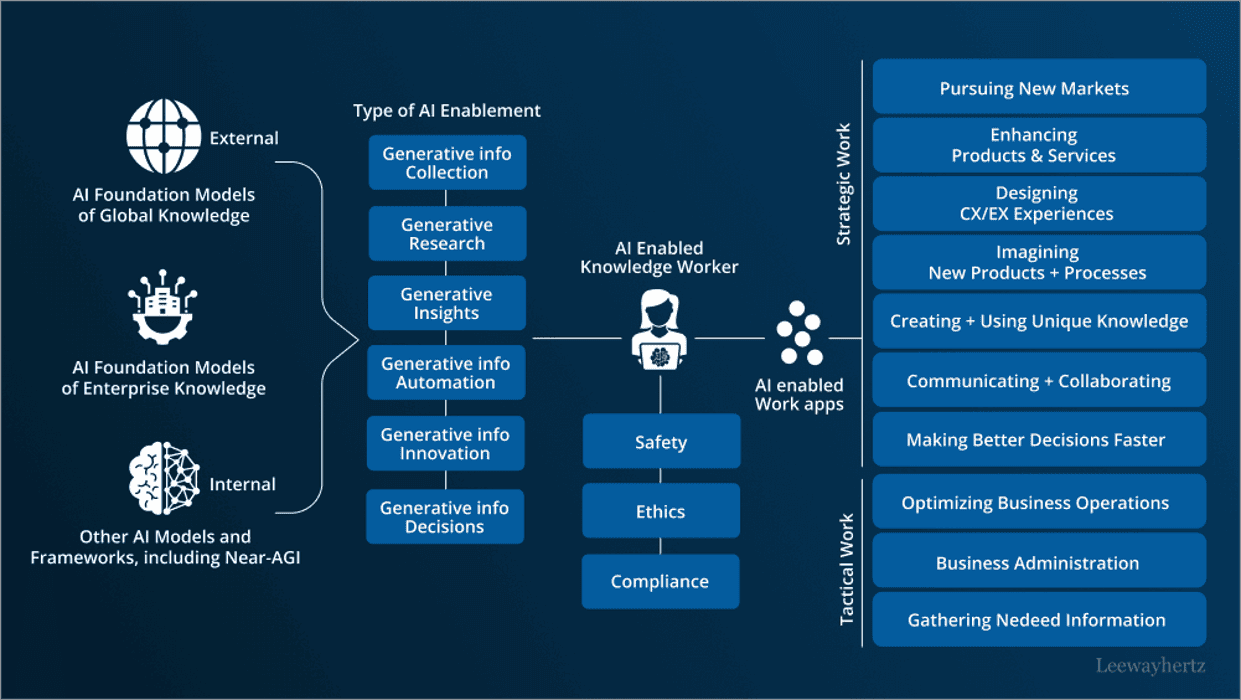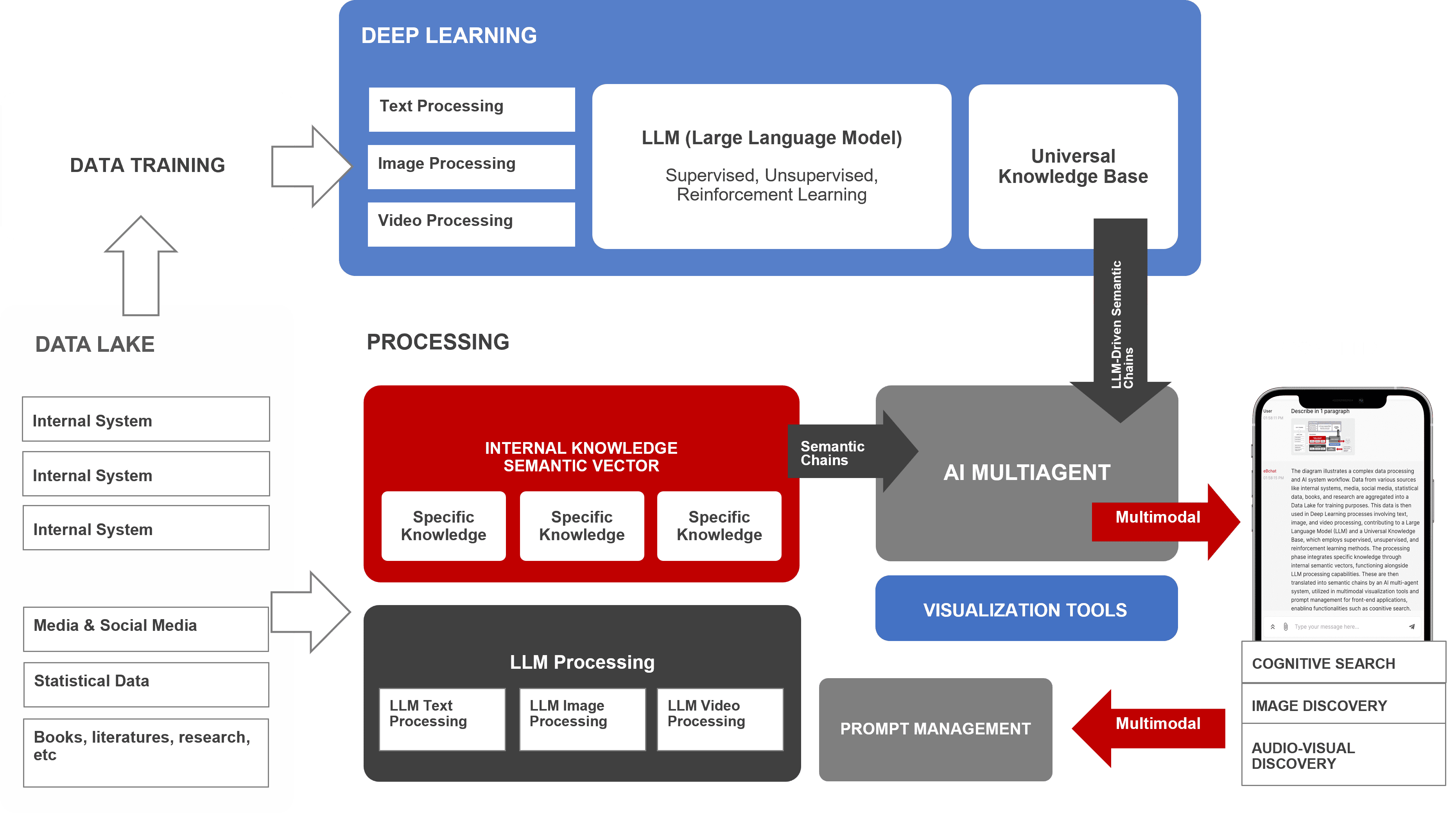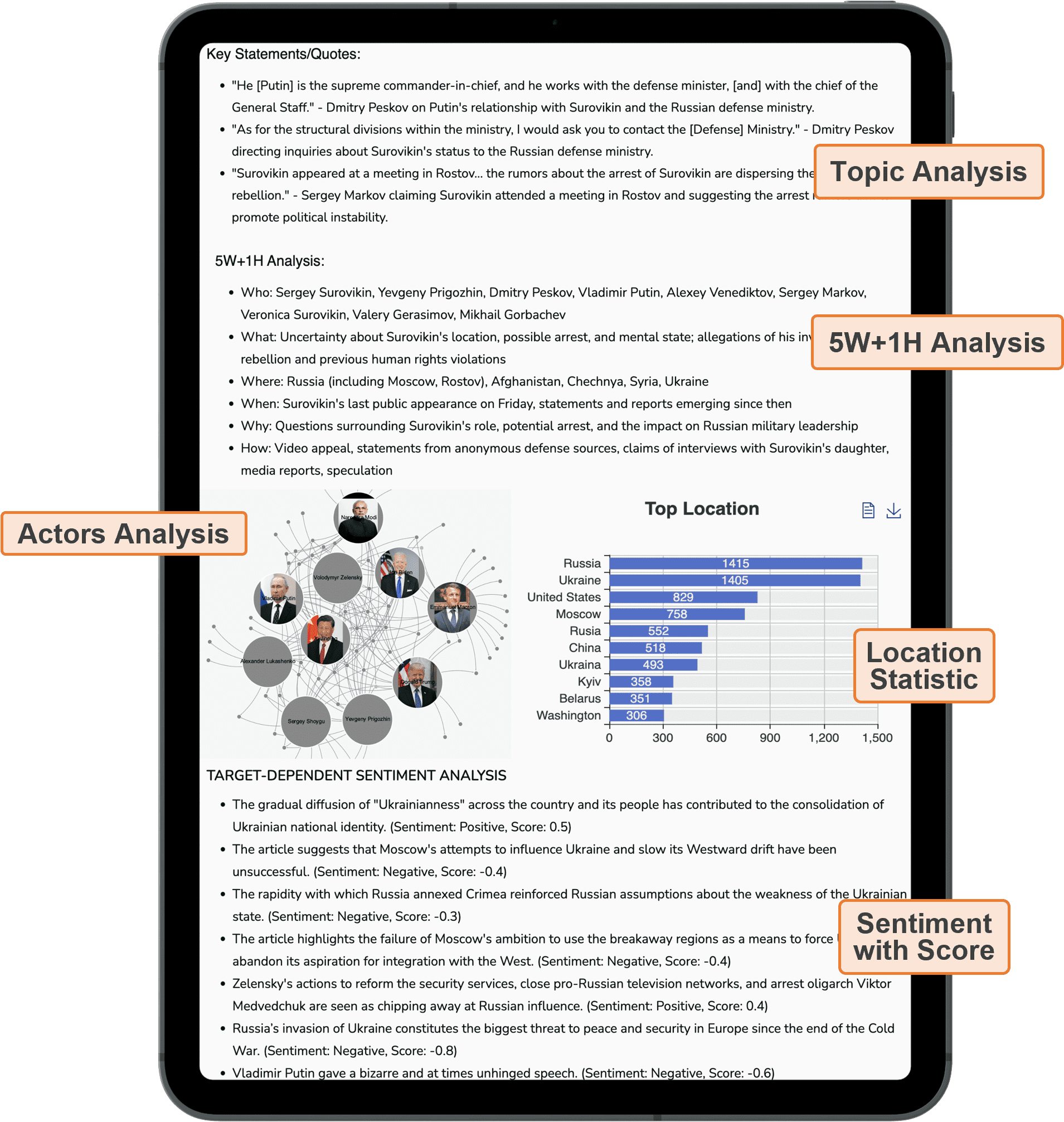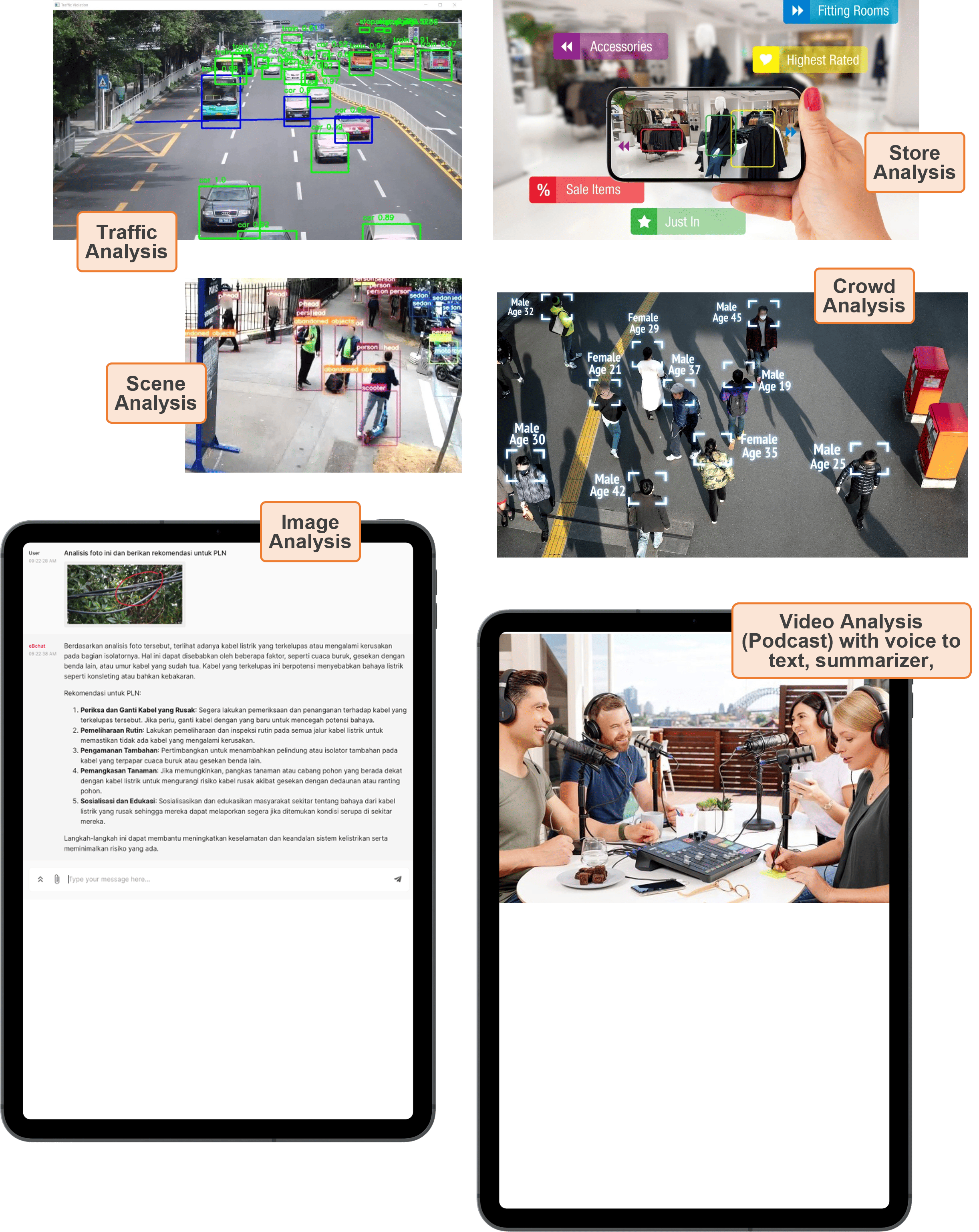In the realm of top-level decision-making, the incorporation of generative AI marks a significant shift toward more efficient and insightful strategic planning. Generative AI leverages advanced machine learning algorithms to analyze vast datasets, identify underlying patterns, and forecast potential outcomes with high accuracy. For executives, this means access to a powerful tool that not only processes information at unprecedented speeds but also generates actionable insights that can guide crucial decisions.
By utilizing generative AI, leaders can explore various scenarios and their implications without the constraints of human bias or limited data processing capabilities. This technology can simulate different strategies, predict market trends, and optimize resource allocation, providing a comprehensive view that supports well-informed decision-making. The AI models continuously learn and adapt, ensuring that the insights remain relevant and accurate over time.

For instance, in financial planning, generative AI can analyze historical data, current market conditions, and economic indicators to suggest the best investment strategies or cost-saving measures. In supply chain management, it can predict disruptions and recommend adjustments to mitigate risks. Moreover, generative AI can enhance customer experience strategies by analyzing consumer behavior patterns and predicting future trends, allowing businesses to tailor their offerings more effectively.
Overall, generative AI empowers top-level executives with a robust decision-making framework that combines the precision of data-driven insights with the flexibility of mobile technology. It transforms the decision-making process into a more dynamic, informed, and strategic endeavor, driving better business outcomes and positioning organizations to thrive in an increasingly competitive landscape.
Generative AI Framework

Data from various sources like internal systems, media, social media, statistical data, books, and research are aggregated into a Data Lake for training purposes. This data is then used in Deep Learning processes involving text, image, and video processing, contributing to a Large Language Model (LLM) and a Universal Knowledge Base, which employs supervised, unsupervised, and reinforcement learning methods.
The processing phase integrates specific knowledge through internal semantic vectors, functioning alongside LLM processing capabilities. These are then translated into semantic chains by an AI multi-agent system, utilized in multimodal visualization tools and prompt management for front-end applications, enabling functionalities such as cognitive search, image discovery, and audio-visual discovery.
LLM Text Processing
Sophisticated LLM (Large Language Model) text processing integrates various analytical features to provide comprehensive insights.
- Topic Analysis - identifies and categorizes the main subjects or themes discussed in the text. For instance, it highlights key statements and quotes related to specific topics, such as political relationships and structural issues within the Russian defense ministry.
- 5W+1H Analysis - breaks down information into essential components: Who, What, When, Where, Why, and How. It systematically analyzes and presents data about significant actors, events, locations, and contexts. This helps in understanding the full scope of the situation being discussed.
- Actors Analysis - visualizes the relationships and interactions among various individuals and entities mentioned in the text. By mapping these connections, it provides a clear view of the network of influencers and key players involved in the topic.
- Location Statistics - statistical analysis of locations mentioned in the text offers insights into geographical distribution and the frequency of mentions. It helps in identifying hotspots or regions that are central to the discussion.
- Sentiment Analysis with Score - assesses the sentiment expressed in the text, providing a score that quantifies the positivity or negativity of statements. It offers a detailed breakdown of sentiments related to specific issues or events, enabling a nuanced understanding of the emotional tone.
The LLM text processing system effectively combines these analytical tools to extract, categorize, and interpret complex information from large datasets. This integration allows users to gain deep insights and make informed decisions based on a thorough understanding of the data.

Image & Video Processing

Image Processing :
- Object Detection: Identifies and classifies objects within images for applications like automated tagging and surveillance.
- Image Captioning: Generates descriptive text for images, aiding accessibility and SEO.
- Image Enhancement: Improves image quality and performs edits, beneficial for photography and medical imaging.
- Visual Data Analysis: Analyzes patterns in images for insights in agriculture, remote sensing, and industrial monitoring.
Video Processing :
- Content Analysis: Identifies key frames and actions within videos, useful for content moderation and highlight creation.
- Gesture Recognition: Interprets human activities and gestures in videos for surveillance and sports analytics.
- Video Captioning: Creates captions and summaries, enhancing accessibility and navigation of video content.
- AR/VR Integration: Enhances augmented and virtual reality experiences through real-time visual analysis and content generation.
These capabilities enable LLMs to provide robust tools for analyzing, generating, and enhancing visual media, driving innovation and efficiency across various industries.
